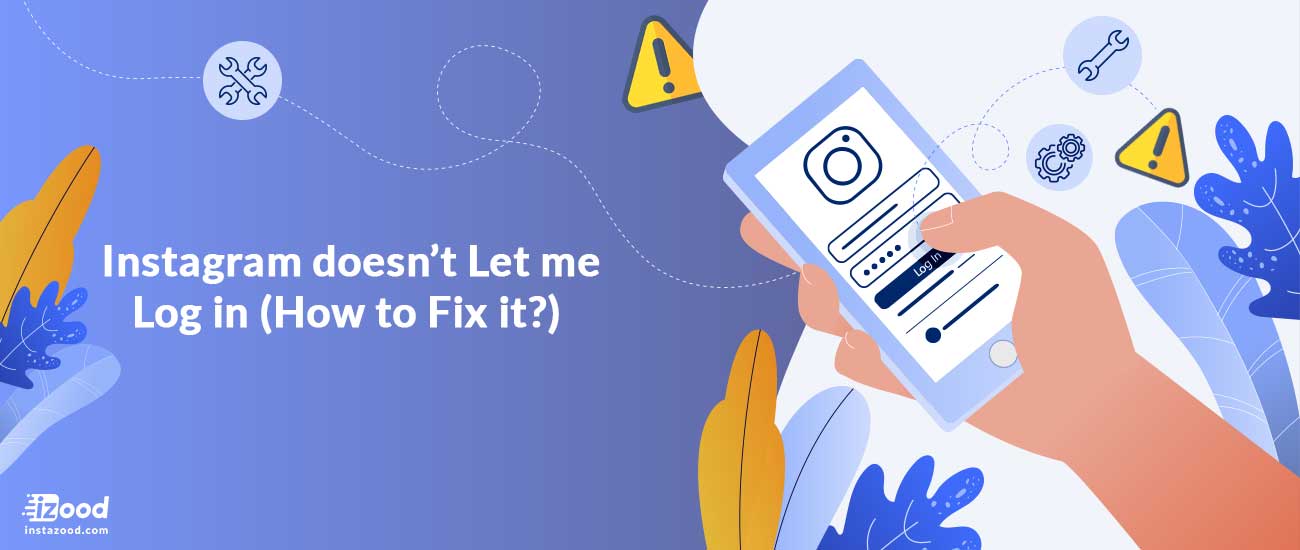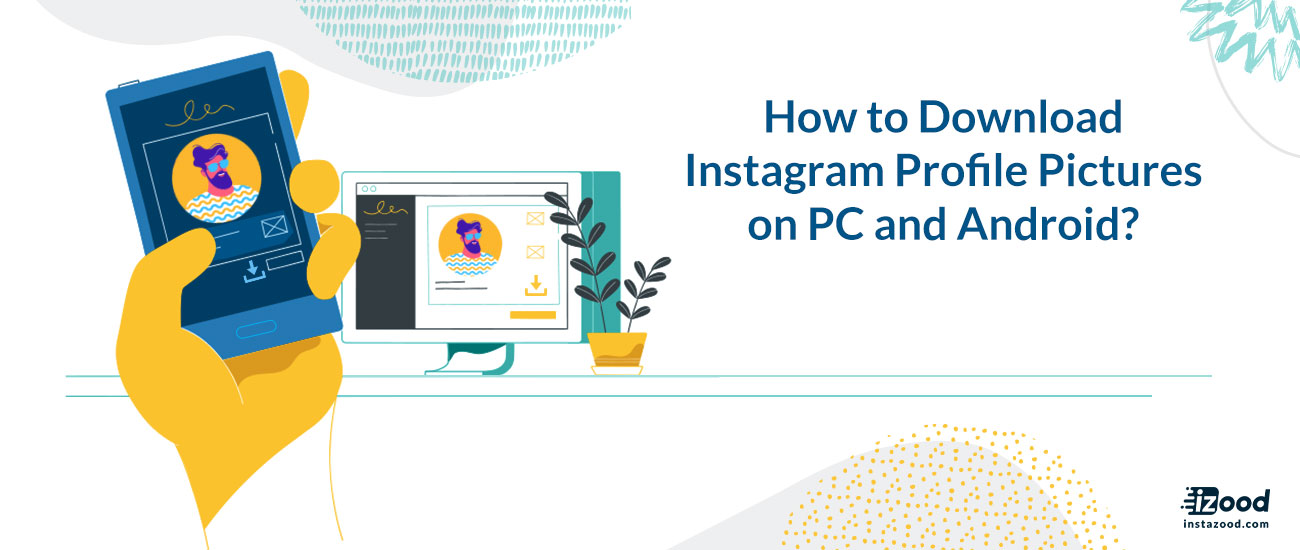Double top and double bottom patterns (aka W and M patterns) are the types of patterns that are very probable to form in security’s price chart. In fact, after the head and shoulders pattern, double tops and double bottoms have been repeated the most in charts. In this article, we’re going to find out what a double bottom pattern is, in what shape it forms and what it means and how we should analyse it and trade based on it.
You can also read: What Is Tulip Mania?
How to identify a double bottom pattern?
The double bottom pattern is also known as the W pattern, this is because the price action moves in W shape while forming this particular pattern (it looks like there is a W in the chart, you will know when you see it). Double bottom patterns are not that hard to identify. In fact, it’s hard not to identify them!

Double bottom patterns appear in a downtrend, for a double bottom to form the price action falls into a new lower low, then rebounds and start moving towards the near resistance above it, after failing to break through the resistance the price falls again and forms another low (which is roughly at the same level as the previous low) than rebounds again and moves towards the resistance. It breaks out of the resistance and starts a new bullish trend.
The double bottom pattern looks like an inverse head and shoulders except that there is no head, just the left shoulder and the right shoulder.
What does Double Bottom tell you?
Double bottom tells us that there is the possibility of a reversal in the trend. Most professional traders believe that the first low should be formed after a 10% to 20% drop in the price. For example: if the price is 1000 dollars, the price drops by 20% and makes a new low at 800 dollars.
Also, the difference between the first low and second low’s level should roughly be around 3% to 5%. For example: in the previous example where the first low was made at 800 dollars, the price rebounds and after getting rejected starts dropping again and forms another low which has a 5% difference with the first low which is 840.
The double bottom pattern is usually used on long-term charts which are using 1 day or 1-week candles (you should take into consideration that the statistics aren’t usually correct about the cryptocurrency field, the numbers are different because the hours that this market is open is different from other traditional markets, you should take the statistics relatively), this means if the double bottom pattern appears in a chart with a higher time frame the probability of the pattern being successful is higher than if it has appeared in a chart with lower time frame. This means that if you’re going to use this pattern as data for your analysis, you better use daily and weekly candles. You can still use this on lower time frame charts as well but the probability of how successful the pattern will be is much greater in a higher time frame chart.
Now, let’s move on to the next part and find out how we can validate this kind of pattern.
How to validate the Double Bottom pattern?
Fundamentals:
The process of validating a pattern is very important, this doesn’t only apply to double bottom patterns, but all of them. The validation of a pattern helps us trade and make decisions based on the pattern confidently. So, let’s continue and find out how we can find out if a double bottom pattern is going to be successful and if the scenario it suggests can actually happen.
The double bottom pattern will always follow a downtrend, it doesn’t matter much if the downtrend is major or minor. Appearing the double bottom after a downtrend could signal a reversal in trend and a potential for an upcoming uptrend.
The pattern can and should be validated by the individual security’s fundamentals as well as the general market’s movements and its fundamentals and also the sector that the security is a part of. For example:
If you spot a double bottom pattern in bitcoin’s chart, that could be a signal that a reversal in trend is possible and there may be an upcoming uptrend. Though you should also check bitcoin’s fundamentals and find out if there could be a reversal in bitcoin’s movement according to its fundamental characteristics, to put it simply, you should check to see if bitcoin’s fundamentals support a reversal or not. After that, you should also compare the sector that bitcoin’s a part of, in this case, it’s the cryptocurrency market. So you should also check cryptocurrency market fundamentals and decide if there is a possibility for bitcoin to start an uptrend, and if the market has room for that kind of movement at the moment.
So the fundamentals should have characteristics that indicate a potential reversal in the trend and the possibility of an uptrend.
Volume:
Another way to validate the pattern is volume. In general, should be one of your most valuable tools to validate not only the patterns but also every other scenario that you’re checking if possible to happen.
There are two upwards movements in the double bottom pattern, one is the rebound after the first low and the other is the second rebound after the second low when it’s going to check the resistance to see if the buyers are going to support enough for the price action to be able to break out of the resistance and starts the new uptrend movement.
When these two movements are happening we should witness a spike in volume. The spike in volume is a very strong indicator that validates the pattern and shows upward price pressure.
How to trade a Double Bottom pattern?
To trade a double bottom pattern, after validating the pattern, you can enter after the price action broke out of the resistance (the resistance that rejected the price after the first rebound) but this depends on your strategy. You can place your long position while the second rebound is still happening if there is a rise in volume and fundamentals also support the reversal in trend, then you can place your stop-loss at the bottom of the second low. Your target should be 2 times bigger than your stop loss.





